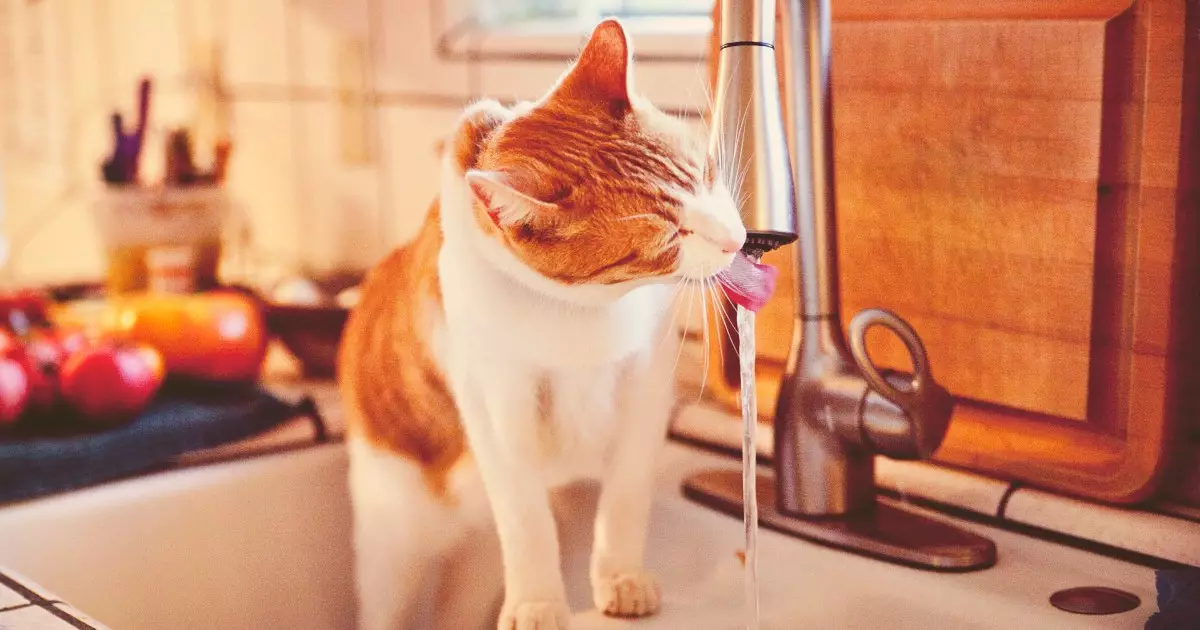Cats are notoriously enigmatic creatures, particularly when it comes to their daily habits. While some felines avoid water altogether—a quirk that can leave cat owners bewildered—others may develop an unusual thirst that warrants attention. It’s crucial to understand that a cat’s relationship with water is not just about personal preference; it can be indicative of underlying health issues. Cat owners need to recognize the signs of increased water consumption and understand the potential implications for their pet’s health.
Noticing your cat gravitating more towards its water bowl or showing interest in dripping faucets could be cause for concern. A single day of extra hydration may not raise alarm bells, but sustained excessive thirst—known medically as polydipsia—should not be dismissed. This behavioral shift can signify either dehydration or a response to various medical conditions. Therefore, it’s vital for pet owners to monitor their cats’ drinking patterns closely.
The reasons behind a cat’s heightened thirst can be multifaceted and often point to serious health issues. Several medical conditions can lead to increased water consumption, particularly in older or middle-aged cats. For instance, kidney disease and diabetes mellitus are prevalent concerns that manifest through symptoms like weight loss, increased urination, and, of course, excessive thirst. If these symptoms appear alongside increased water intake, scheduling a visit to the veterinarian is imperative. Early diagnosis plays a crucial role in managing these diseases effectively; the sooner the treatment begins, the better the prognosis.
While diabetes and kidney issues are common culprits, they are by no means the only possibilities. Hyperthyroidism, urinary tract infections, and even certain cancers can manifest as increased thirst. Because cats can be reticent about sharing their struggles, pet owners must remain vigilant about any shifts in their behavior. A single day of heightened thirst might not signify a serious problem, but if it persists for more than a couple of days, it’s advisable to consult a veterinarian for further investigation.
Staying aware of your cat’s drinking habits is essential for their health and well-being. Since cats can be discreet about their discomfort, attention to detail becomes crucial for early detection of potential health issues. If your feline friend exhibits signs of excessive thirst, do not delay in seeking veterinary advice. The health of your pet may well depend on it. The more proactive you are, the better the chances of a successful outcome. Remember, a healthy cat is a happy cat, and understanding their hydration needs is an essential part of responsible pet ownership.


Leave a Reply